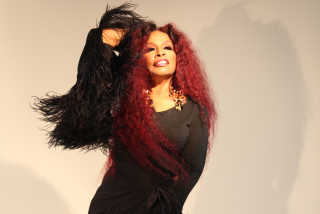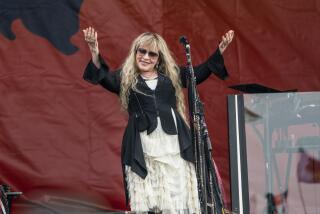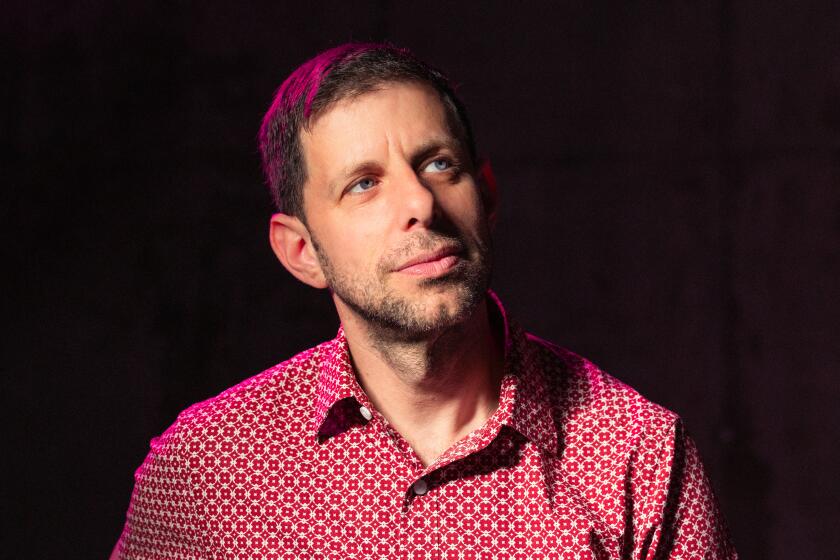Alone onstage, the harp shatters cliches
Perhaps the best way to gain a new appreciation of the harp is to hear it not in its usual ensemble contexts -- where its role is often confined to providing decorative filigree -- but all alone, played by a master musician with a taste for adventure.
A rare such occasion occurred Tuesday evening at the Istituto Italiano di Cultura in Westwood, where virtuoso Italian harpist Claudia Antonelli offered an illuminating recital. As she wended among tough contemporary pieces and more lyrical asides, she also burst through the stereotypes about her instrument.
During a program of mostly Italian solo works -- apart from side trips to the German and French turfs of Hindemith and Faure, respectively -- Antonelli conveyed the dramatic range and expressive potential of the harp that are more apparent in the singularity of the solo format.
Listeners also could see more clearly that the harp involves intense physicality -- both the muscular investment of the player and the extreme tension of the instrument’s component parts.
Some of the most provocative moments, both instrumentally and compositionally, came via contemporary Italian composers less well known than they should be.
“Flou,” by Goffredo Petrassi (1904-2003), offers the soloist a tonally restless, expressionistic voice and extended technical opportunities for percussive hand effects and harmonics. Salvatore Sciarrino’s “L’addio a Trachis” is a brief, cryptic number, a delicate mosaic of high-note tremolos and murmuring bass insinuations.
But the striking centerpiece of the program was avant-garde composer Sylvano Bussotti’s “Labirinti I-II-III-IV,” a set of atonal yet starkly beautiful miniature movements. In addition to challenges for sinuous hands, the piece involves rapid footwork on the pedals. A test of the soloist’s mettle, technically and musically, Bussotti’s work found Antonelli in high, focused form.
From a more traditional and tonal Italian perspective, Nino Rota’s “Sarabande e Toccata” is a neoclassical work from his concert music repertoire, distinctly different from the ripe urbanity and bittersweet inventiveness of his music for Fellini’s films.
In Hindemith’s 1939 “Sonate fur Harfe,” the coolly lovely score moves about in modal ways, driven by the composer’s signature melodic logic. Like the harp itself, Hindemith’s music can be deceptively light-spirited, with a strength and angularity tucked in and around the rippling easy-does-it surfaces.
As if bringing things back to archetypally harp-ish order, Antonelli closed with Faure’s Impromptu, Opus 86, a sweeping gust of parlor music, replete with cascading arpeggios. A pair of mild-mannered encores capped off a recital much more vigorous and venturesome than its becalming exit strategy would suggest.
More to Read
The biggest entertainment stories
Get our big stories about Hollywood, film, television, music, arts, culture and more right in your inbox as soon as they publish.
You may occasionally receive promotional content from the Los Angeles Times.






